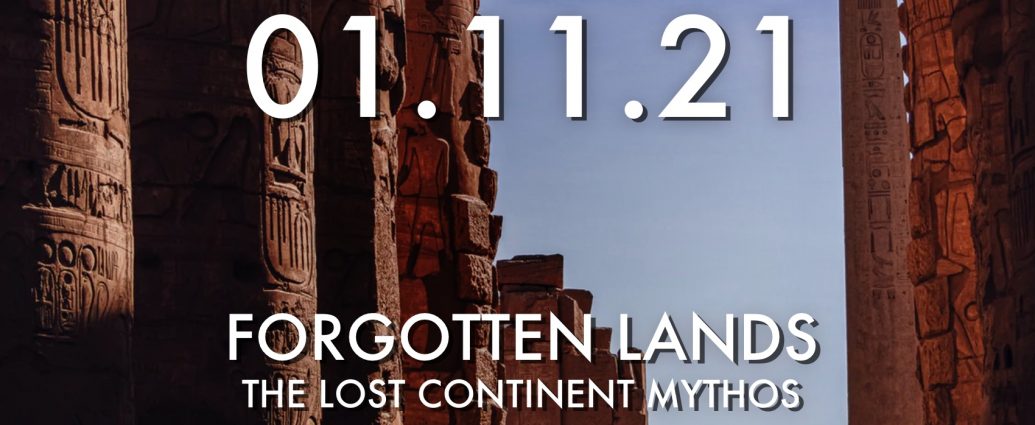
Forgotten Frontiers: Lost Lands Rediscovered
Hidden within the tapestry of time, there exist countless realms that have faded into obscurity, their stories lost to the annals of history. These Forgotten Frontiers, once bustling with life and rich in culture, have been swallowed by the relentless march of time, leaving behind tantalizing glimpses of what once was.
In recent years, a growing number of explorers, scientists, and archaeologists have embarked on expeditions to rediscover these lost lands, unraveling their hidden histories and shedding light on the civilizations that once inhabited them.
The Lost City of Petra
Nestled amidst the windswept sands of Jordan, Petra was once the capital of the Nabatean Empire, a thriving civilization that ruled the region from the 1st century BC to the 1st century AD. Its towering sandstone facades, intricate carvings, and massive temples have mesmerized visitors for centuries. Despite being abandoned over 1,500 years ago, Petra remains an enduring testament to the ingenuity and architectural prowess of its creators.
The Maya Civilization in Belize
Tucked away in the lush rainforests of Belize, the Maya civilization flourished from the 3rd century BC to the 9th century AD. The region is dotted with hundreds of ancient cities, including Tikal, one of the largest and most impressive Maya sites. With its towering pyramids, sculpted temples, and advanced water management systems, Tikal offers a glimpse into the complexities and achievements of this once-mighty civilization.
The Lost Kingdom of Aksum
In the northern highlands of Ethiopia, the Lost Kingdom of Aksum once ruled over a vast empire that stretched from the Red Sea to the Arabian Peninsula. From the 1st to the 7th century AD, Aksum was a center of trade, religion, and culture, renowned for its towering stone stelae, opulent palaces, and advanced agricultural practices. Although much of its history remains a mystery, Aksum’s legacy continues to fascinate and inspire.
Angkor Wat in Cambodia
One of the most iconic sites in Southeast Asia, Angkor Wat was the capital of the Khmer Empire from the 9th to the 15th century AD. This vast temple complex is an architectural masterpiece, featuring intricate carvings, monumental towers, and sprawling courtyards. Once home to hundreds of thousands of people, Angkor Wat offers a glimpse into the power, wealth, and sophistication of the ancient Khmer civilization.
The Terracotta Army of Xi’an
Buried beneath a hillside near Xi’an, China, the Terracotta Army is an astonishing collection of over 8,000 life-sized terracotta warriors. These highly detailed figures were commissioned by the first Qin emperor, Qin Shi Huang, to guard his tomb. The army, along with its horses and chariots, provides a fascinating insight into the military might and administrative prowess of the Qin dynasty.
The Rediscovery Process
Rediscovering these Forgotten Frontiers requires a meticulous and multidisciplinary approach. Archaeological excavations, remote sensing, historical research, and linguistic studies are all employed to piece together the stories of these lost civilizations. By analyzing artifacts, deciphering inscriptions, and studying the environment, researchers uncover clues that help them reconstruct the lives and beliefs of the people who once inhabited these lands.
The Significance of Rediscovery
The rediscovery of Forgotten Frontiers is not merely an academic pursuit but a profound act of cultural preservation. By shedding light on lost civilizations, we gain a deeper understanding of our shared history and the diversity of human experience. These rediscovered worlds offer lessons about urban planning, environmental management, and the resilience of human societies.
Moreover, the rediscovery of Forgotten Frontiers has economic and social benefits. Tourism to these sites provides employment opportunities, supports local communities, and raises awareness about the importance of cultural heritage. By preserving and sharing these lost worlds, we enrich our present and inspire future generations.
Conclusion
The Forgotten Frontiers that have been rediscovered remind us of the fragility of human civilizations and the enduring power of history. By unlocking the secrets of these lost lands, we not only uncover the past but also glimpse the potential for the future. As we continue to explore the hidden corners of our world, we will undoubtedly encounter more wonders that enrich our collective understanding and remind us of the boundless capacity of the human spirit.